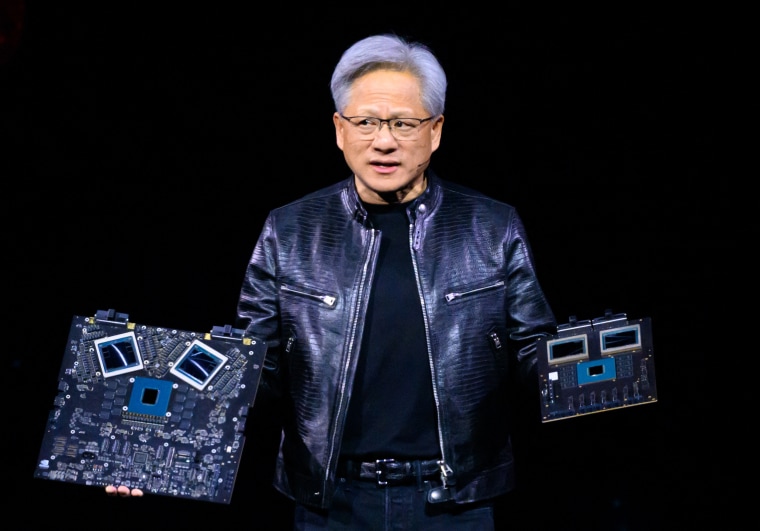In the early days of the digital age, Intel stood as a towering figure in the U.S. chip industry. Its dominance was undisputed, with its processors powering the vast majority of PCs and servers worldwide. However, the winds of change have blown fiercely in the tech landscape, and Intel now finds itself grappling to maintain its relevance in a rapidly evolving industry.
One of the key challenges that Intel faces is the rise of formidable competitors, most notably AMD and ARM. These companies have made significant inroads in the semiconductor market, offering innovative and competitive solutions that have threatened Intel’s long-standing dominance. AMD, in particular, has emerged as a strong contender in the CPU market, with its Ryzen series of processors gaining praise for their performance and value.
Additionally, Intel has faced internal struggles that have hampered its ability to keep pace with the industry’s rapid advancements. The company has encountered delays in its transition to smaller chip manufacturing processes, falling behind rivals such as TSMC and Samsung in the race to develop more efficient and powerful chips. These delays have hindered Intel’s competitiveness and eroded its once-unassailable position in the market.
Moreover, Intel’s missteps in product development and strategy have also played a role in its struggle to stay relevant. The company has faced criticism for its lackluster product launches and perceived stagnation in innovation, leading to a loss of consumer confidence and market share. Intel’s focus on incremental improvements rather than groundbreaking advancements has left it vulnerable to more agile and forward-thinking competitors.
Despite these challenges, Intel is not without resources to stage a comeback. The company possesses a wealth of intellectual property and technical expertise that, if harnessed effectively, could propel it back to the forefront of the chip industry. Intel has also been making strategic investments in emerging technologies such as artificial intelligence and autonomous vehicles, areas with significant growth potential that could help diversify its revenue streams and drive future innovation.
To remain competitive in the increasingly cutthroat semiconductor market, Intel must undergo a period of introspection and revitalization. The company needs to reevaluate its product roadmap, prioritize investments in key technologies, and streamline its operations to enhance efficiency and agility. By embracing a culture of innovation and adaptability, Intel can position itself for long-term success and reclaim its status as a powerhouse in the chip industry.
In conclusion, Intel’s journey to maintain relevance in the U.S. chip industry is marked by both challenges and opportunities. The company faces fierce competition, internal hurdles, and a shifting technological landscape that demand strategic foresight and decisive action. By leveraging its strengths, addressing its weaknesses, and charting a course for future growth, Intel has the potential to overcome its current struggles and emerge stronger and more competitive than ever before.



























